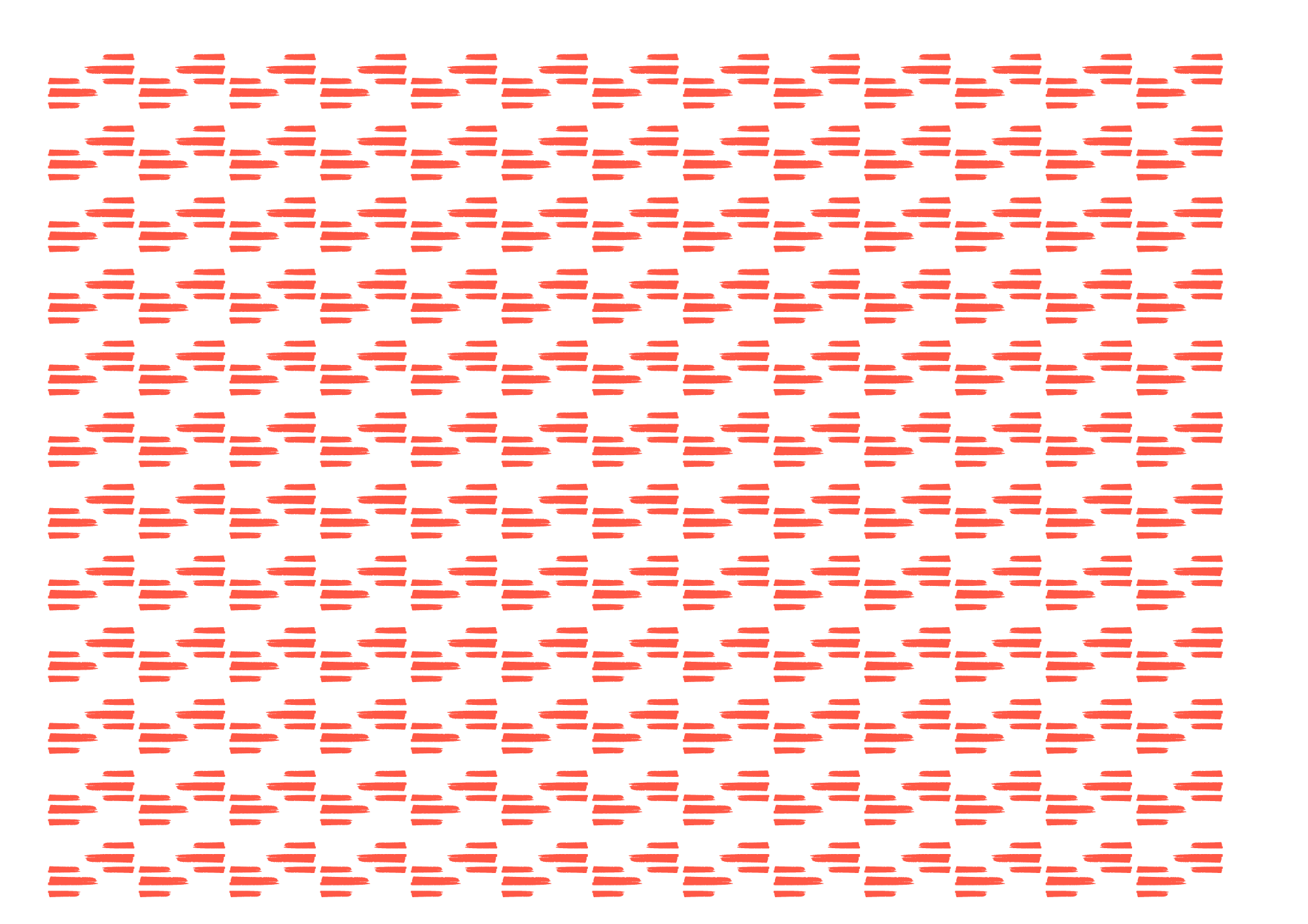Germany: A Change of Perspective in Favour of the Victims
Although the genital mutilation of women and girls is condemned as grievous bodily harm in countries all over the world, it is still practised even in countries like Germany, where an estimated 30,000 women are affected.
The Hamburg paediatrician was vigilant. She broached the topic with the parents of her two-year-old patient. The little girl was a German citizen, but her parents were from the Gambia, a country in which almost 90% of women are genitally mutilated and where the state not only does not prohibit the practice, it actually endorses it.
The child’s mother told the doctor that she had herself undergone this ritual as a child and considered it an Islamic requirement to carry out the same practice on her daughter. She was completely unaware of the fact that female genital mutilation is not called for anywhere in Islam.
Task force against genital mutilation
Alarmed by this conversation, the paediatrician sought advice and was eventually referred to the ‘Task Force for Effective Prevention of Genital Mutilation’, a Hamburg-based organisation. The people there shared the doctor’s concern and together they looked into the question of medical confidentiality.
“The Provincial General Medical Council confirmed for us that doctors definitely are allowed to break medical confidentiality when a more important legally protected right, in this case the child’s well-being, is at risk,” explains Ines Laufer from the Task Force.
When the family returned to the doctor to have the child examined in preparation for a trip to the Gambia, the paediatrician alerted the youth welfare office in Hamburg North.
Ines Laufer informed them about female genital mutilation in the Gambia, as well as of the fact that, according to a decision made by the German Federal High Court in 2004, it can be considered appropriate to deprive parents of the right to determine their child’s place of residence and to deny them the right to travel to their homeland in order to protect a girl who is at risk.
“The judge in charge of the case did not regard it as proven that this child was at risk,” explains Peter Hansen, the Hamburg District Office press officer. The parents had denied, in various conversations, that they wanted to subject their daughter to female circumcision.
The judge therefore permitted the parents to retain their right to determine the whereabouts of their child. They took their daughter abroad with them; what happened to her is still unknown.
“Who is honestly going to admit that they’re planning to commit a crime? There’s no other offence for which this would be seen as a sufficient reason to consider the case closed,” says Ines Laufer, enraged.
Improved protection for victims
Reports about the genital mutilation of girls and women have been circulating for 30 years, and while it is a known fact that this is being practised in Germany, no one has ever been apprehended. This so outraged Ines Laufer that she founded the Task Force for Effective Prevention of Genital Mutilation in February 2007.
The organisation is calling for a shift in perception. Protection of victims should become the main focus, not the question of how to reach perpetrators and possibly change their minds. “Studies in other European countries show that between 35% and 80% of girls at risk do in fact become victims,” she says.
However, in Germany to date there are still no active measures to protect victims. “The German state is neglecting its duty to provide protection. It should take active steps to ensure that the basic right to life and freedom from bodily harm also applies to the children of immigrant parents living here. Anything else is discrimination.”
The Task Force is therefore demanding that girls in ‘at-risk groups’ should be regularly examined until the age of 18, ‘so that a generation of girls will finally be able to reach adulthood here un-mutilated’. Experience in France shows that instances of mutilation do not occur when regular checks are being made.
High number of unknown cases
The human rights and women’s rights organisation ‘Terre des Femmes’, which has been providing information about this topic for more than 30 years, estimates that there are around 4,000 girls at risk in Germany, and a total of around 30,000 victims. “But the true figure is certainly much higher than this,” says the organisation’s spokeswoman, Franziska Gruber.
Several groups are not included in their estimates, such as affected women living in Germany illegally, African women who have a German passport, and victims from non-African countries such as Iraqi Kurds. Ines Laufer from the Task Force estimates that in Germany there are a further 30,000 unreported cases.
A questionnaire submitted to 493 German gynaecologists by UNICEF, Terre des Femmes and the Association of German Gynaecologists provides further evidence of the extent of the danger these girls are in. 35 of the doctors questioned stated that they knew of female patients who wanted to have their daughters genitally mutilated in their home countries. 48 doctors had heard that this practice could also be carried out in Germany. Three had been asked whether they themselves could perform a circumcision.
In African circles, prices are also being quoted. The Sudanese doctor Abdul Kangoum, of the Association of German-African Doctors, reports that he was offered €10,000 to circumcise two young girls. According to Dr Kangoum, female circumcisors who are flown into the country to mutilate a number of girls receive €2,000.
Source: Yemen Times – 13 March 2008

